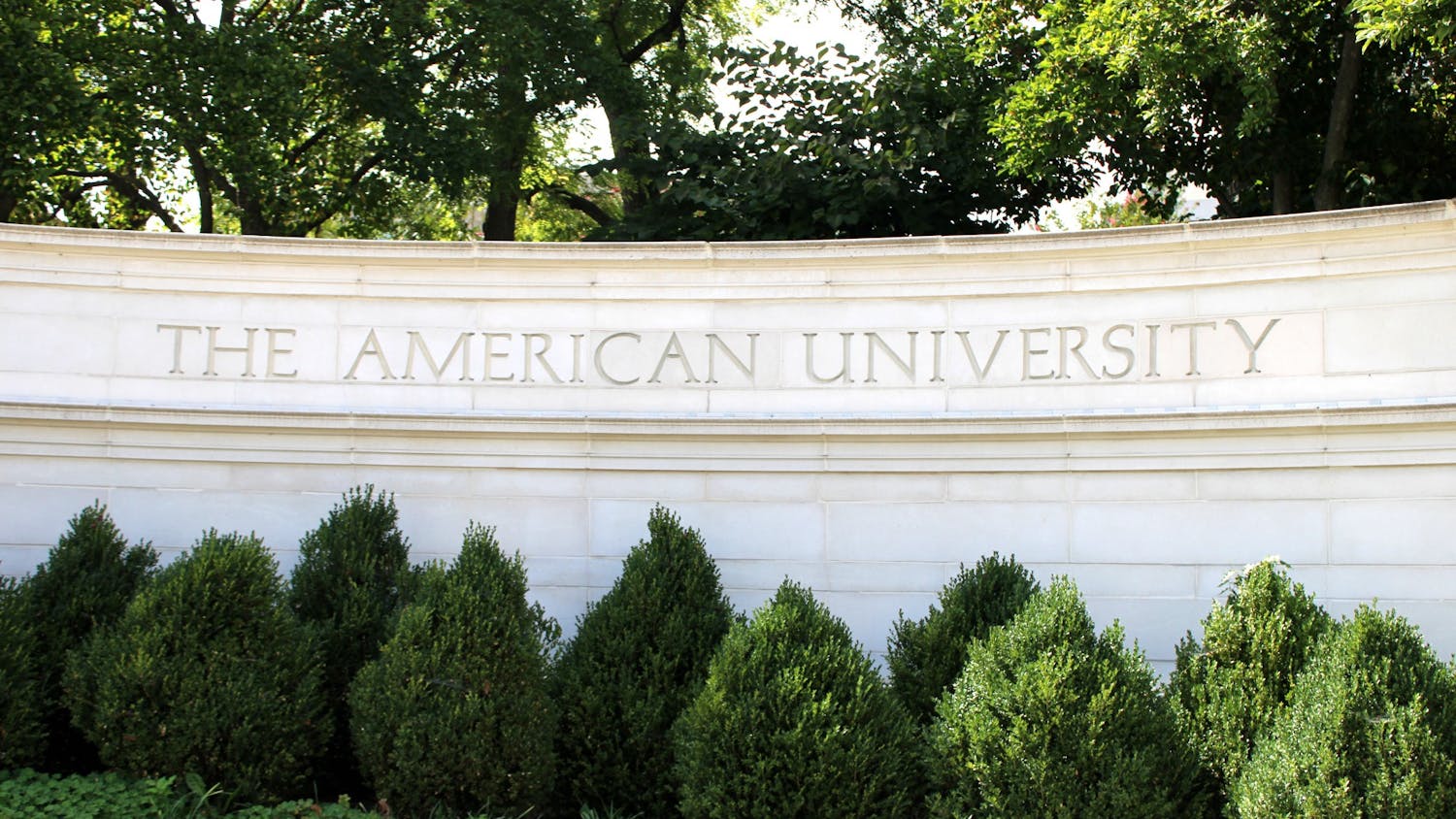While some martial arts classes may be costly, AU Public Safety offers free self-defense classes to all members of the AU community.
The classes utilize the Rape Aggression Defense Systems of Self Defense, a program taught at locations around the world. In D.C., Catholic University and Howard University also offer versions of the program.
According to Lt. Rima Sifri, the coordinator of AU’s R.A.D. program since 2007, AU has offered these courses for over 15 years. R.A.D. is mainly targeted at women, but there are R.A.D. programs for kids, men and seniors as well.
All instructors are campus police officers who have gone through R.A.D. instructor school, according to Lt. Sifri.
AU Public Safety offers a women’s course, a men’s course and a gender neutral course. There is no substantial difference in course material between the three, and Public Safety recommends the course to everyone according to Lt. Sifri. All courses are a safe space for participants. Anything said is confidential, and the instructors aim to create a supportive environment for anyone willing to share their experiences with the class.
The regular R.A.D. course takes 12 hours and is taught through four classes, but Public Safety also offers mini-courses that are just two hours long.
“We recognize you’re busy,” Lt. Sifri said. “We figured doing a mini-class was better than nothing.”
According to Lt. Sifri, the mini-courses are a quick overview of the larger course. They include a short lecture presentation and basic instruction on defensive stances and strikes.
Jen Fletcher, a junior in SPA, took the short course through her sorority, Sigma Delta Tau.
“We went over basic self defense, such as how to make yourself look bigger, getting out of a hold, and we did ‘how to look for signs that so one is going to be aggressive” Fletcher said.
According to Fletcher, the short course was a good refresher for women already familiar with self-defense, but it was not enough for someone without previous experience.
“I think doing the full version would be more beneficial,” Fletcher said.
That said, Fletcher felt the short course was better than no instruction at all.
“It was very informative. I had never done anything self-defense based, so it was good to get a brief introduction to it,” Fletcher said.
The longer courses include a more in-depth presentation and instruction on strikes, as well as instruction on chokeholds, ground defense, or defending yourself after being pushed to the ground, bear hugs and what to do if an intruder enters your home. Participants are also given more time to practice and master techniques in the longer courses.
Additionally, participants in the full course get to try out all the techniques they learned in simulations. According to Lt. Sifri, “aggressors” and participants don protective gear and engage in confrontation simulations. Participants are meant to revert back to their training in previous sessions and use appropriate techniques to defend themselves.
According to Sifri, the full course takes 25 people, and usually more than 25 sign up, so there is always a wait list. However, only about 20 show then they taper off as the class continues. “We’ll have 10 at the end and they do the simulation” Sifri said.
Participants are free to come back and retake the course if they feel that they need to practice more, haven’t mastered certain techniques, or even just want to try the simulation again. According to Lt. Sifri, there is a lifetime return policy.
“There are no do-overs in life, but there are do-overs in this class” Lt. Sifri said.




